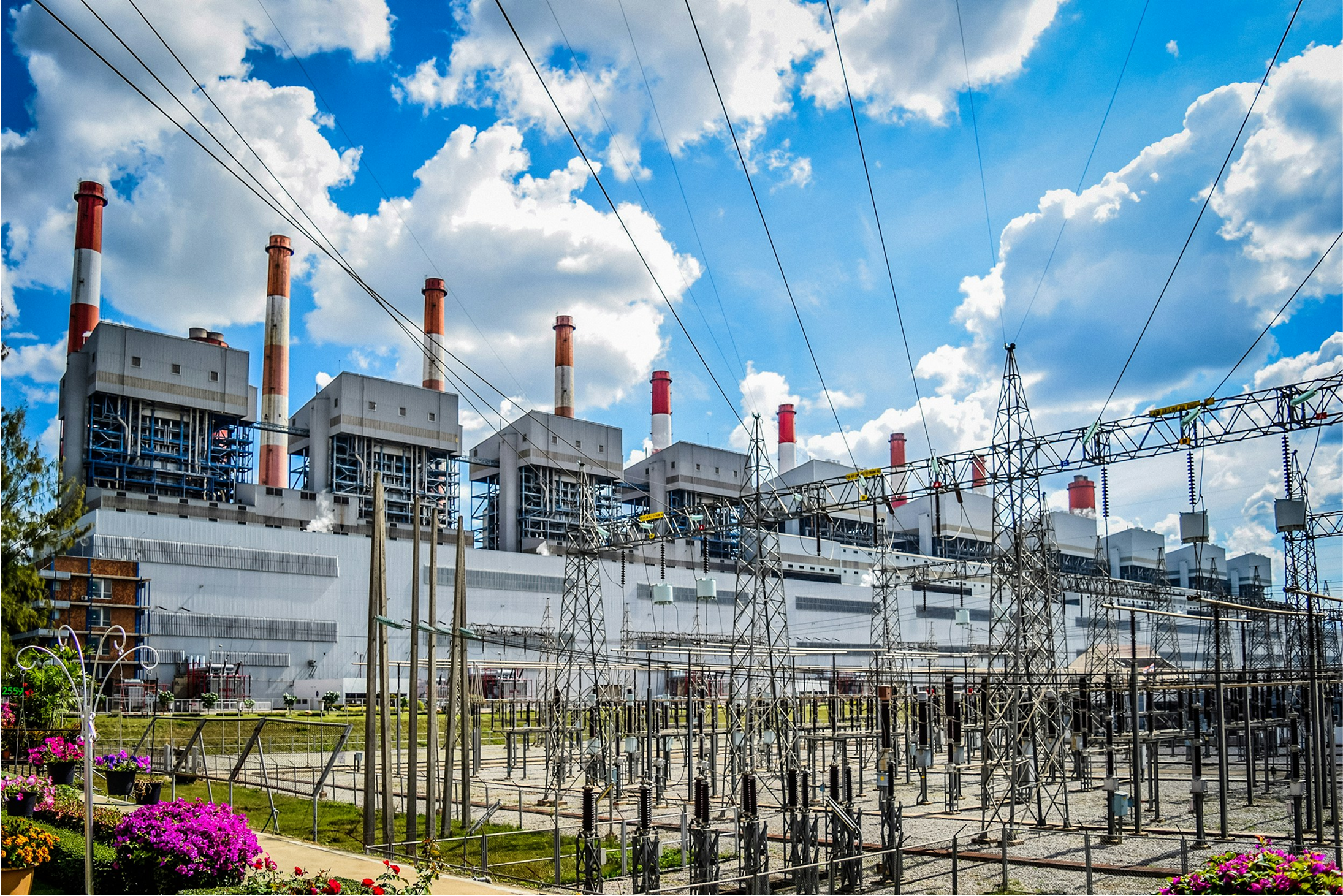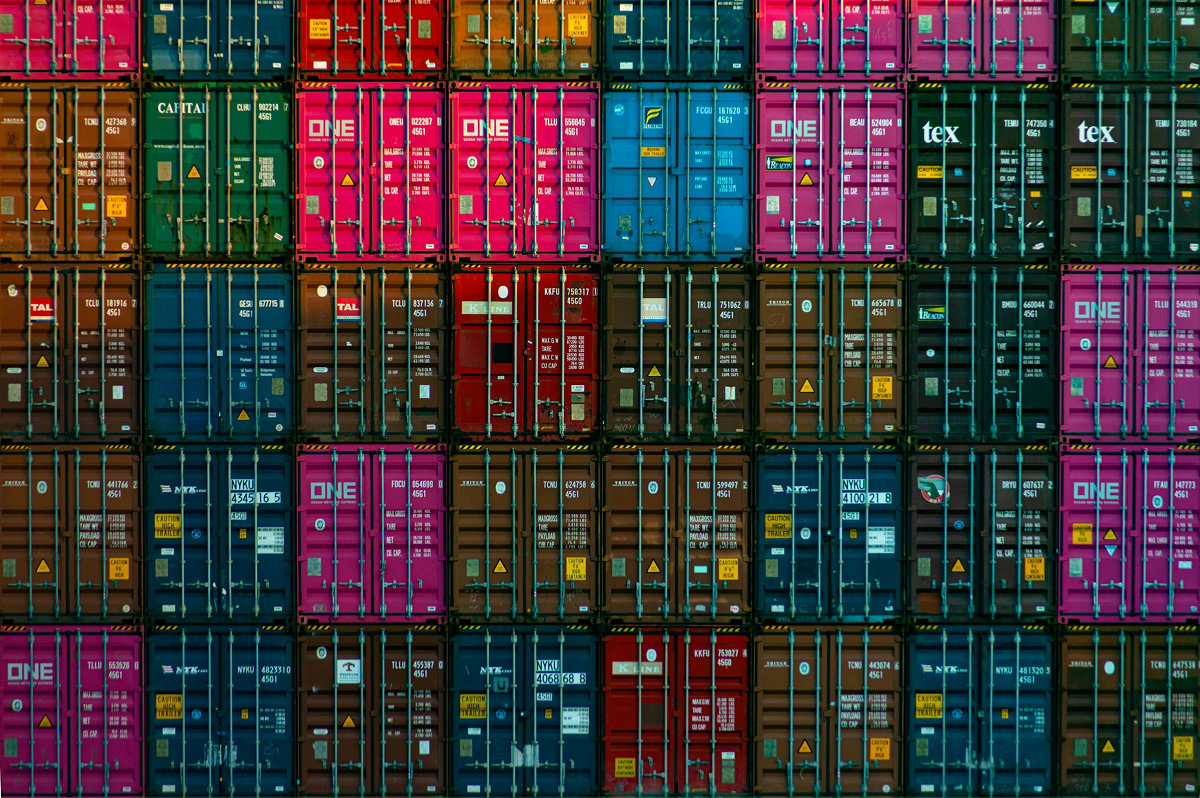We began this series with the framing assumptions that:
- Most businesses of any meaningful scale depend on electricity.
- Every business wants their electricity to be reliable in quantity, quality and affordability.
- Anything that disrupts a single one of those three attributes in electricity supplies is a business threat.
- If the business is energy-intensive, the threat warrants attention at senior levels.
We went on examine factors in the present context of the US electricity market that could have a bearing on those three attributes.
- On the supply side – we noted the progress of renewable generation bringing affordable new generation capacity to the grid. We noted the decarbonization trend, with coal phasing out and being replaced with a combination of renewables and fossil gas.
- We noted some constraints on the supply side – including multi-year backlogs for interconnection approvals of new renewable generation, and multi-year supply-chain backlogs for the cables and transformers that facilitate grid expansion.
- On the demand side, we looked at current and potential electricity demand drivers. Data centers and AI, the electrification of automotive drive trains, and the reshoring of heavy industry to the US are all positive factors adding new load and driving grid demand.
Now we come to the choices that are available to people who have some responsibility for steering the energy policies and procedures of their firms. At the most basic level, there is a binary choice of passively waiting to see what happens, or proactively hedging against the risks you see in the supply-demand setup for the US electricity grid.
What would the hedging look like?
If you have not done so already, it will likely include these items below:
- Conduct an assessment of energy efficiency and opportunities for energy efficiency improvements,
- Measure Scope 2 carbon emissions, and set targets and timelines for reductions
- Examine the feasibility of adding your own generating capacity behind the meter
- Analyze power charges and evaluate the business case for adding battery-energy storage behind the meter.
- Compare properties in a multi-site portfolio to establish priorities for energy investments, and, of course….
- Act on the outcomes of actions (1) through (5)
So how will you make the choice between “Wait and See” versus the proactive approach?
Looking inward – there will certainly be factors specific to your firm that you’ll want to consider:
- Are you already dealing with a shortage of power available at the feeder to your facility?
- Do you have business growth plans that are incompatible with the feeder connection you currently employ?
- Do your demand charges already put pressure on your operating margins?
- Do you face competitive pressures based on cost of production?
Looking outward – the question you need to ask is whether you believe the ecosystem that supplies you power today will scale up to keep in step with grid-load growth?
In other words, do you believe the system operator, grid operator, the regulatory agency that approves new generation, the infrastructure finance sector, the electrical components supply chain etc. do you believe they will respond together with the speed and co-ordination required to meet new loads without harm to the quality, quantity and affordability of the electricity your firm uses and needs.
What do you think? If you have a view on this question – share your thoughts with us and our other readers below. And subscribe for updates. We’ll be watching for and reporting on clues that shed more light around this same question.




